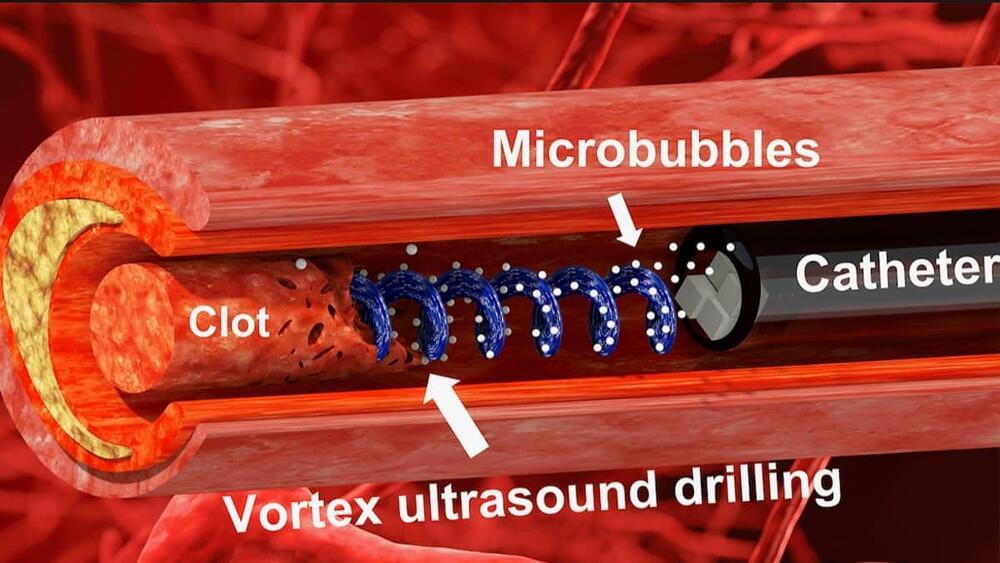A recent observational study of some 191 giant stars at the end of their lives as hydrogen-burning, main sequence stars, places more precise parameters our own star’s expansionary endgame. The Sun will finish its life at perhaps two to three hundred times its current angular size.
The observations were made between 1996 and 2008 with the now defunct Palomar Testbed Interferometer atop Mount Palomar in southern California. They were coupled with data from the European Space Agency’s (ESA) Hipparcos and Gaia missions to more accurately calculate the stars’ distances and effective temperatures.
New survey of giant stars reveals details about the Sun’s own likely endgame as an expanding red giant.






